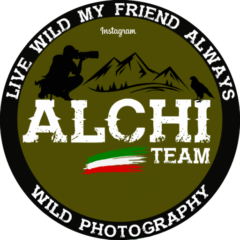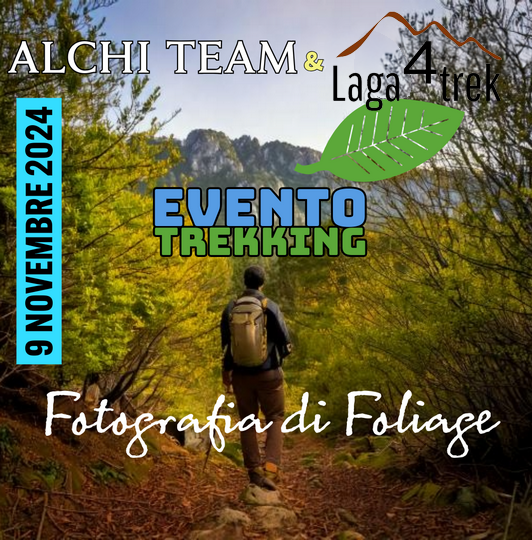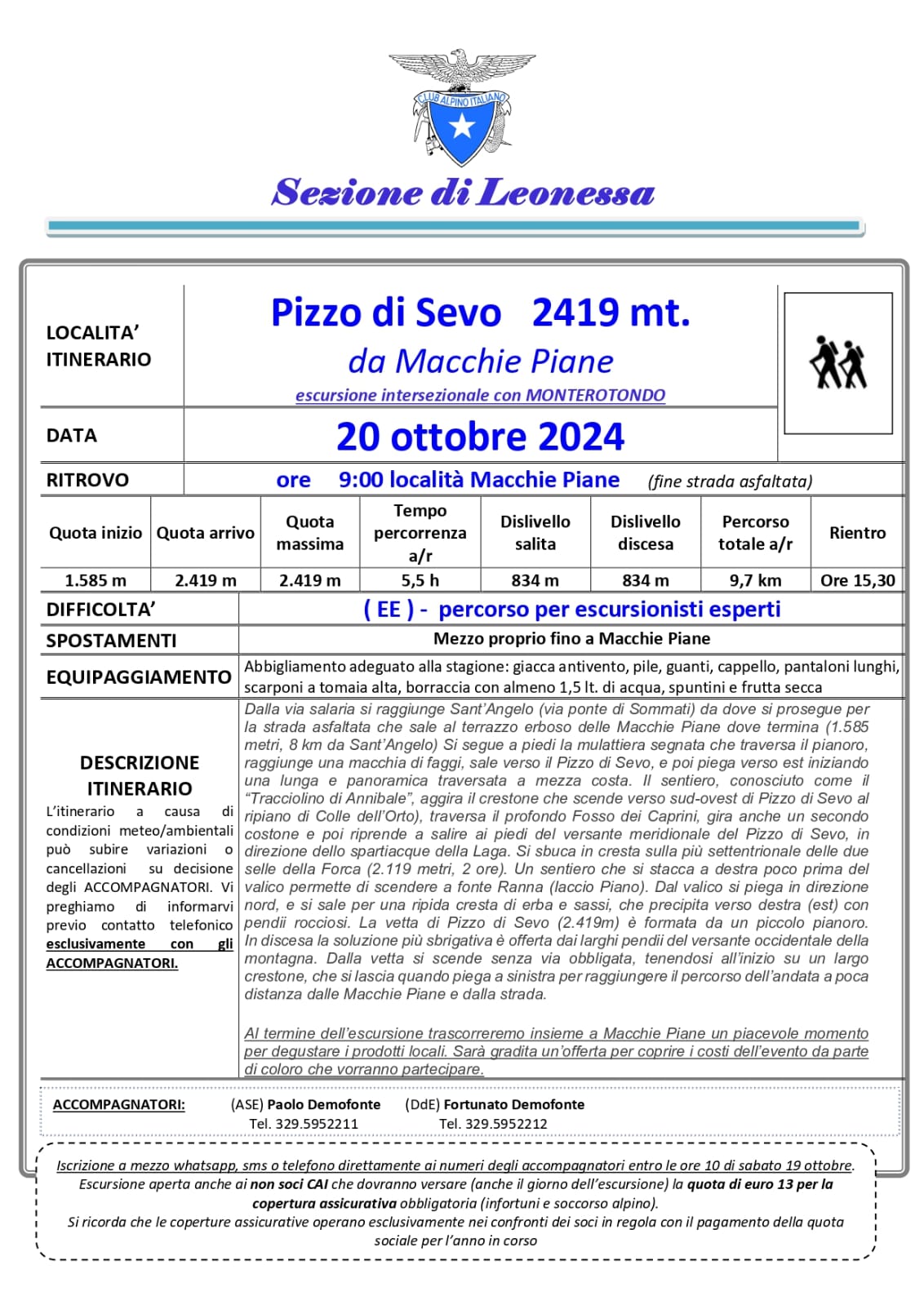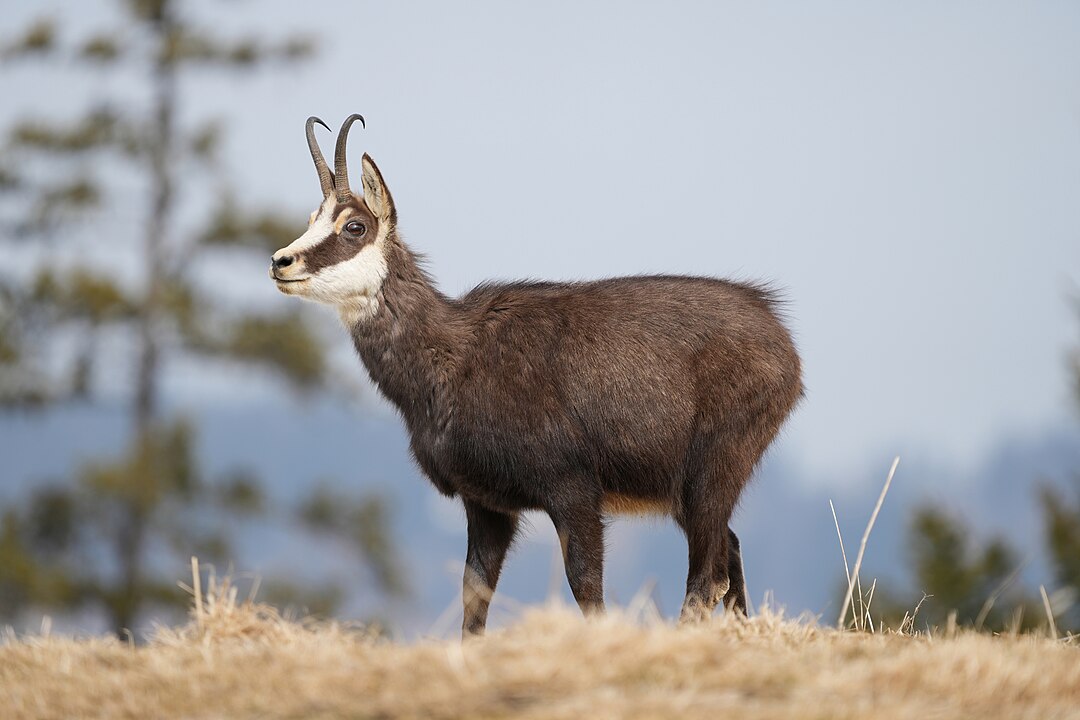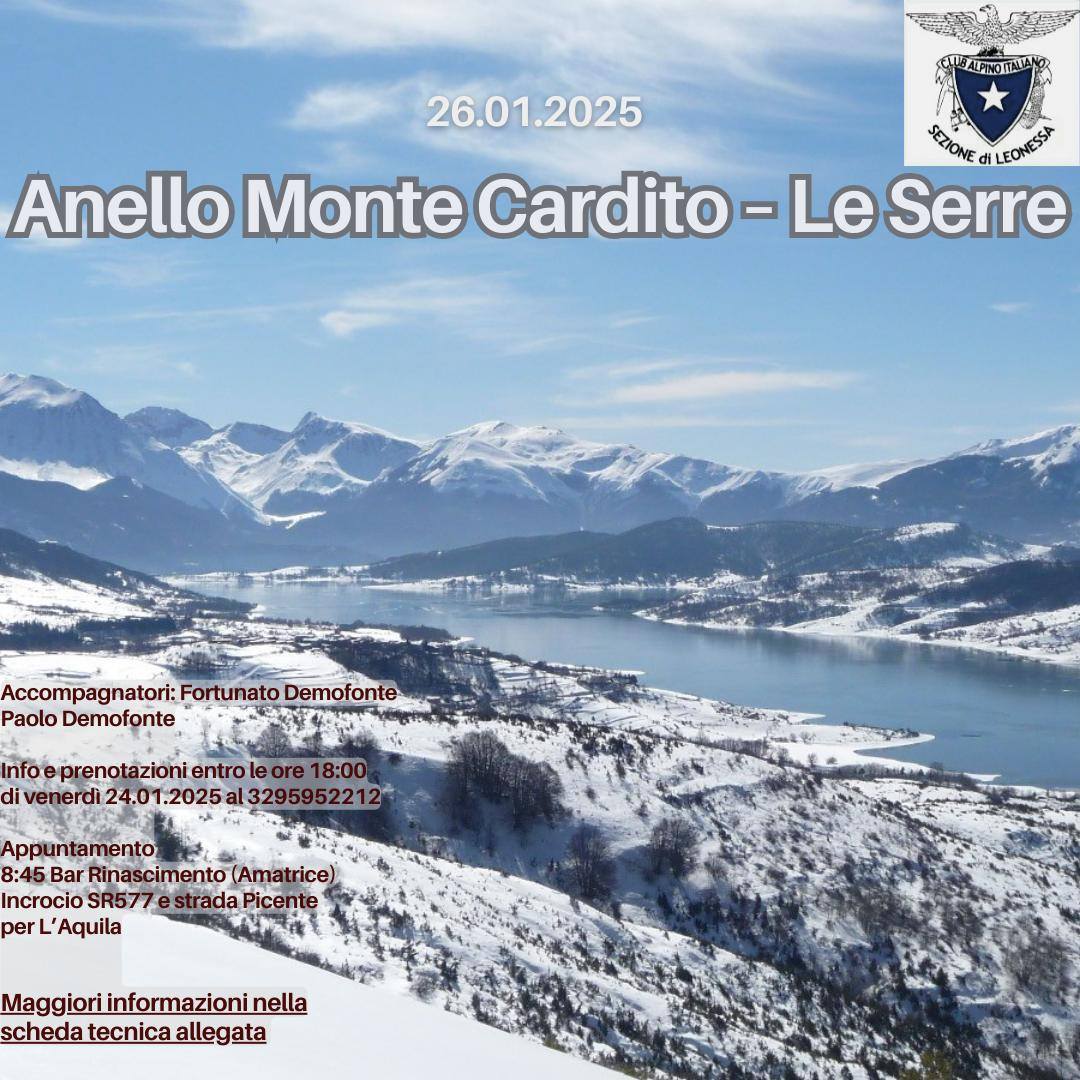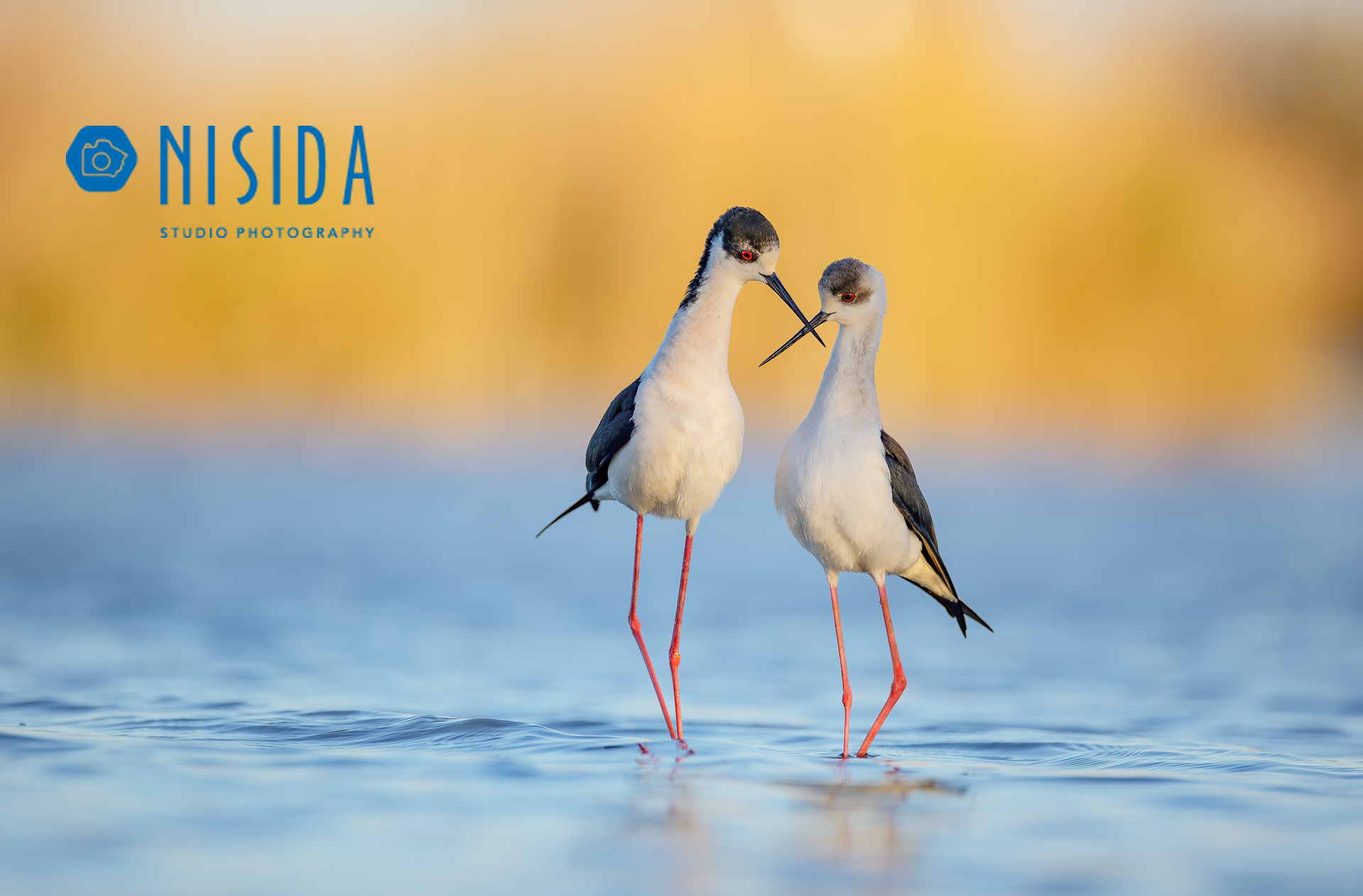The Concept of Wildlife: Understanding Nature’s Living Treasure
Wildlife refers to the undomesticated animals, plants, fungi, and microorganisms that exist naturally in the wild. These organisms thrive in various ecosystems—forests, grasslands, wetlands, mountains, deserts, oceans, and beyond—forming the foundation of Earth’s biodiversity. The concept of wildlife is far-reaching, encompassing not only individual species but also the intricate relationships and interdependencies among them within their natural habitats.
This article explores the multifaceted concept of wildlife, its ecological significance, cultural relevance, and the pressing need for its conservation.
Defining Wildlife
Wildlife is typically defined as all non-domesticated living organisms found in their natural environments. It includes a vast range of species, from the smallest microorganisms to the largest mammals. While the term is often associated with animals, it also includes plants, fungi, and other forms of life that play vital roles in ecosystems.
In essence, wildlife embodies nature’s raw and unaltered state, thriving independently of human cultivation or control. It symbolizes the balance of ecosystems and the resilience of life in the face of natural challenges.
The Diversity of Wildlife
The diversity of wildlife is immense, with millions of species inhabiting every corner of the planet. This biodiversity can be classified into:
- Terrestrial Wildlife:
- Includes animals like tigers, elephants, and wolves, as well as plants such as oak trees and wildflowers.
- Found in habitats like forests, grasslands, deserts, and mountains.
- Aquatic Wildlife:
- Encompasses marine life (e.g., whales, coral reefs) and freshwater species (e.g., river dolphins, trout).
- Vital for maintaining global climate systems and supporting human life.
- Microbial Wildlife:
- Includes fungi, bacteria, and other microorganisms.
- Often overlooked but crucial for processes like decomposition, nutrient cycling, and soil fertility.
Ecological Role of Wildlife
Wildlife is fundamental to the health and functioning of ecosystems. Each species, no matter how small or seemingly insignificant, plays a role in maintaining ecological balance. Here’s how:
- Food Chains and Webs:
- Wildlife is central to the flow of energy in ecosystems. Herbivores feed on plants, predators control herbivore populations, and decomposers recycle nutrients.
- Disrupting one link in the chain can lead to cascading effects throughout the ecosystem.
- Pollination and Seed Dispersal:
- Birds, insects, and mammals contribute to the reproduction of plants by spreading pollen and seeds, enabling forest regeneration and agricultural productivity.
- Ecosystem Services:
- Wildlife provides vital ecosystem services like water purification, soil fertility, and climate regulation. For instance, mangroves protect coastlines from erosion, while wolves control populations of prey species to prevent overgrazing.
Cultural and Spiritual Significance of Wildlife
Wildlife holds profound cultural, spiritual, and aesthetic value. Across cultures, animals and plants have been revered as symbols, deities, and sources of inspiration. Examples include:
- Mythology and Folklore: Stories of eagles, lions, and serpents often embody themes of strength, wisdom, and transformation.
- Art and Literature: Wildlife frequently features in paintings, sculptures, and books, highlighting humanity’s fascination with nature.
- Spiritual Practices: Indigenous cultures often view wildlife as sacred, seeing themselves as stewards of the natural world.
Beyond cultural significance, wildlife contributes to human well-being through recreation, tourism, and mental health benefits, fostering a connection to the natural world.
Threats to Wildlife
Despite its importance, wildlife faces numerous threats, many of which are driven by human activities. Key threats include:
- Habitat Destruction:
- Deforestation, urbanization, and agriculture destroy habitats, leaving species with nowhere to thrive.
- Climate Change:
- Rising temperatures and shifting weather patterns disrupt ecosystems, forcing species to adapt, migrate, or face extinction.
- Pollution:
- Plastics, chemicals, and industrial waste harm wildlife by contaminating their habitats and food sources.
- Overexploitation:
- Hunting, poaching, and overfishing reduce populations of vulnerable species.
- Invasive Species:
- Non-native species introduced by humans often outcompete native wildlife for resources.
Conservation of Wildlife
The urgency of wildlife conservation cannot be overstated. Protecting wildlife ensures the survival of ecosystems and the services they provide to humanity. Conservation efforts typically involve:
- Protected Areas:
- National parks, wildlife sanctuaries, and marine reserves safeguard critical habitats from human interference.
- Laws and Policies:
- Regulations like the Endangered Species Act and international agreements like CITES aim to protect threatened species.
- Community Involvement:
- Local communities play a vital role in conservation through sustainable practices and stewardship.
- Research and Education:
- Studying wildlife behavior, ecology, and genetics helps scientists develop effective conservation strategies.
- Sustainable Development:
- Balancing economic growth with environmental protection minimizes harm to wildlife habitats.
The Importance of Wildlife to Humanity
Wildlife is not just a part of nature; it is a cornerstone of human existence. Here are some reasons why it is indispensable:
- Ecological Stability: Wildlife ensures the stability of ecosystems that humans depend on for food, water, and air.
- Economic Value: Tourism, agriculture, and medicine all benefit from wildlife resources.
- Scientific Discovery: Wildlife inspires innovations in technology, medicine, and engineering.
- Cultural Identity: Wildlife enriches cultural traditions, art, and heritage worldwide.
Conclusion
The concept of wildlife extends beyond mere fascination with exotic animals or scenic landscapes; it is a critical component of Earth’s life-support systems. Wildlife embodies the diversity, beauty, and complexity of life on our planet, providing ecological stability, cultural significance, and countless benefits to humanity.
As stewards of the Earth, it is our responsibility to respect, protect, and coexist with wildlife. Only by safeguarding these natural treasures can we ensure a sustainable future for generations to come.
